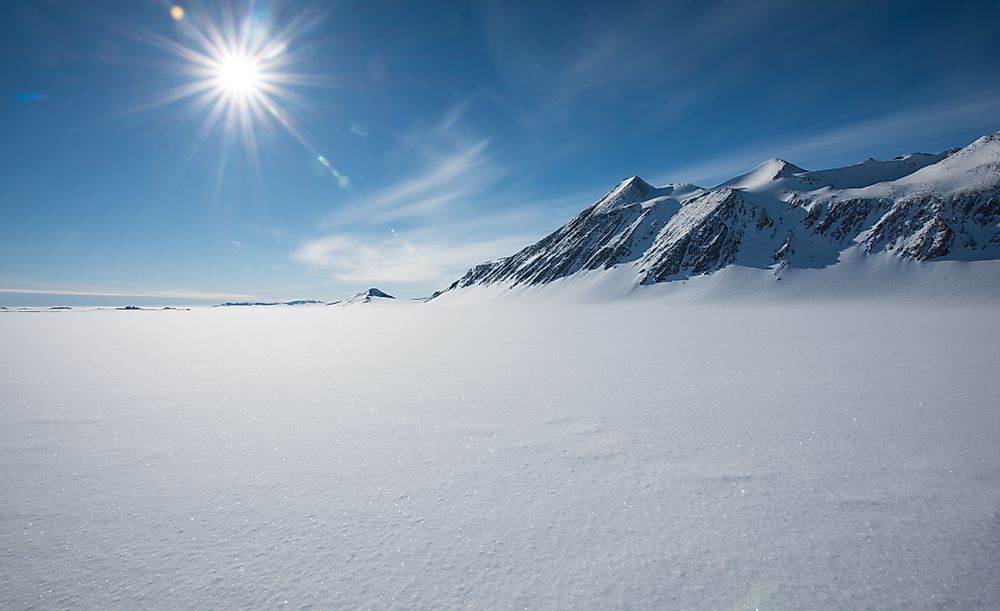What Is Fossil Water?

Groundwater is stored or travels through the material located beneath the ground surface. The water occupies rock fractures and porous spaces in the soil. The space between the ground surface and where the pores are all saturated is referred to as the vadose zone. The saturated area or zone is called the aquifer. Some of the groundwater has been trapped underground over a period of geological activities. The waters also reside deep in aquifers and are key sources of groundwater, especially in water-scarce regions such as arid and semi-arid regions. The trapped water over the geologic time is referred to as the fossil water.
Definition of Fossil Water
Fossil water, also known as paleowater is an underground water reservoir that is geologically located in an undisturbed place. That is, the water cannot be replenished and may have been locked in the aquifer for thousands of years. The age of the water is what gives it the name “fossil water.” Fossil water can also be defined as water that infiltrated thousands of years ago under geological conditions different from the present. Fossil water is stored in fossil aquifers which are geologically confined at their upper and lower limits by impermeable rocks, resulting to water being stored under pressure.
Geology of Fossil Water
Fossil aquifers which contain fossil waters are composed of semi-porous rock whose pores have been filled with water. An impermeable geological layer encloses the aquifer and isolates the water within so that there is no replenishing. Sometimes, the water is isolated for millennia. The water is found in the desert where the climate was relatively more humid in recent geologic time. Most fossil waters are believed to have been infiltrated 10,000 to 40,000 years ago or within the Holocene and Pleistocene period with some of the waters associated with melting glacier in the last glacial maximum.
Uses and Renewability
The fossil aquifers containing large amounts of fossil water are of socio-economic importance. Water extracted from the large aquifers can be used for several purposes including consumption, agriculture, and also in industrial. Fossil aquifers are the single most important source of water for people living in the arid and semi-arid regions. However, in these regions where precipitation is low, aquifers receive little or no recharge making the fossil water a non-renewable resource. For instance, Libya has relied on fossil water for decades which is now dwindling.
Notable Fossil Water Bodies
Lake Vostok
Lake Vostok is the largest subglacial lake in Antarctica residing approximately 4,000 m below the surface of the East Antarctic Ice Sheet. It is thought that the water has been isolated for approximately 15 to 25 million years leading to the hypothesis that the lake could be a fossil reserve containing unusual lifeforms not seen in millennia. It is thought to have the oldest lake water in the world with retention time of the water being 13,300 years.
Ogallala Aquifer
The Ogallala aquifer sits under 279,617 square miles of 8 states of the US and is one of the largest freshwater deposits in the world. The underground water is estimated to have been deposited during the humid time which followed the last glacial maximum. The aquifer is a major source of water for those living above it.
Nubian Sandstone Aquifer System
The Nubian Sandstone Aquifer System is situated under the nations of Libya, Chad, Sudan, and Egypt and covers an area of approximately 1.2 million square miles. The waters in the aquifer is estimated to have been deposited 4,000-20,000 years ago. The fossil water is of great significance to the people living in the four countries with demand increasing in modern time.











